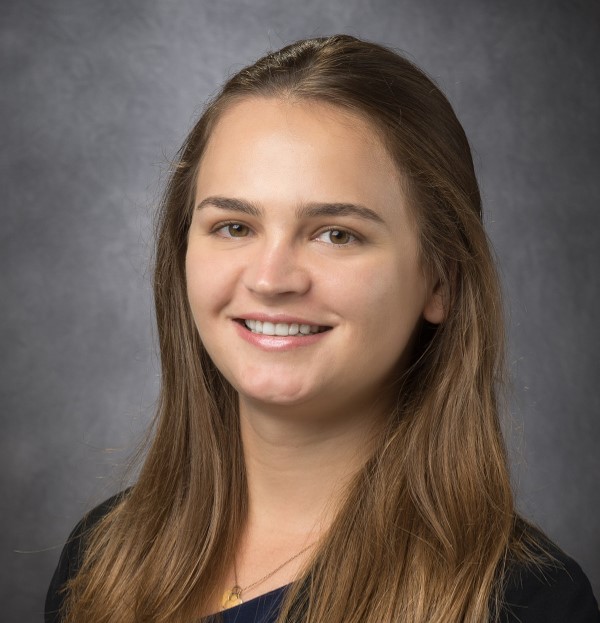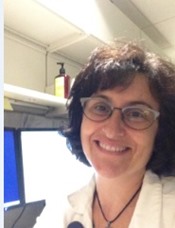Brachy: Basics to Advancements
J Matney1*, S Simiele2*, A Besemer3*, J Prisciandaro4*, G Cohen5*, O Craciunescu6*, T Li7*, (1) UC Davis Cancer Center, Sacramento, CA, (2) MD Anderson Cancer Center, Houston, TX, (3) University of Nebraska Medical Center, Omaha, NE, (4) University of Michigan, Ann Arbor, MI, (5) Memorial Sloan-Kettering Cancer Center, Tenafly, NJ, (6) Duke University Medical Center, Durham, NC, (7) University of Pennsylvania, Philadelphia, PA
Presentations
(Monday, 3/28/2022) 8:00 AM - 10:00 AM [Central Time (GMT-5)]
Room: Celestin D-E
Brachytherapy is the oldest sub discipline in medical physics, and yet its clinical practice has been changing rapidly in the last decade. Metal applicators commissioned with x-ray sources are replaced by plastic MR-compatible applicators imaged with electrons. Prostate LDR, once a frequent procedure, is giving way to CT or US guided prostate HDR. 3D printing has gone mainstream, allowing custom applicators to be printed. Surface applicators are supplementing Moh's surgery and in select cases matched electron fields. The first talk of this session is intended to give clinical physicist practicing in brachytherapy or starting a new brachytherapy program the hands-on clinical tools needed in a state-of-the-art brachytherapy physics program.
Whether starting a new prostate brachytherapy program or improving the workflow for an existing one, physicists are charged with making decisions that directly impact patient care and the treatment team. Questions such as the following can be overwhelming without insight and lessons learned from colleagues at institutions with established programs. Which TPS best meets the needs of the clinic? Which imaging modalities should be used? To pre-plan or to plan intra-operatively? Is a dedicated OR brachytherapy suite needed or can the institution’s general OR suffice? How many FTE hours are needed per procedure or to commission a program? LDR vs HDR? The answer to each of these questions is institution dependent and consequently, a variety of workflows are possible, each with its own advantages and limitations. This leaves the physicist to literally choose their own adventure!
The next two talks of this session will provide an overview of modern image guided LDR and HDR prostate brachytherapy treatment techniques currently in use at two institutions. The first institution performs LDR brachytherapy and utilizes MRI for pre- and post-treatment planning, US intraoperatively for needle placement, and CT or fluoroscopy for post-procedure implant evaluation. The second institution performs HDR brachytherapy using 3D ultrasound (US) imaging for intraoperative planning with MRI guidance for contouring. As computed tomography (CT) and magnetic resonance imaging (MRI) are now widely available in clinics and hospitals, they are routinely used during brachytherapy planning simulations. Further, over the last two decades, there has been increasing interest in MRI either in conjunction with CT or independently for image guidance. Compared with CT, MR images have superior soft tissue resolution that has demonstrated clear advantage for HDR brachytherapy. In recognition of the need to provide guidance for the clinical implementation of MRI in HDR brachytherapy, AAPM Task Group No 303 was constituted, and the group report is undergoing its final stage of review. The TG was charged with developing recommendations for commissioning, clinical implementation, and on-going quality assurance, as well as providing example workflows for the treatment of gynecologic and prostate cancer. The fourth and fifth talks of this session provide an overview of the task group report and the TG recommendations on commissioning, clinical implementation of MR-guided HDR brachytherapy for gynecologic and prostate cancers, workflow, and QA.
The utilization of brachytherapy practice in clinics has been declining over the years. The decline has been linked to a variety of factors including a lack of training opportunities. The last two talks of this session will discuss the use of virtual reality and 3D brachytherapy training phantoms to train future generations of physicists and physicians.
Learning Objectives:
1. Applicator commissioning and ongoing QA, including skin applicators
2. Commissioning an image-guided prostate HDR program
3. 3D printed applicators
4. Provide an overview of the LDR and HDR treatment workflows at multiple institutions including differences in equipment and treatment planning systems
5. Review the advantages and limitations of different imaging modalities (CT, Fluoroscopy, MRI, US) and how each can be utilized in pre-planning, intraoperative planning, and post-procedure evaluation
6. Discuss practical considerations relevant to each workflow such as sterilization requirements, facilities, scheduling, staffing, and quality assurance procedures
7. To understand the rationale for transitioning to MR guided brachytherapy for gynecologic and prostate cancers.
8. To understand the process of commissioning, QA, and clinical implementation of MR guided brachytherapy.
9. Discuss workflow options for implementing MR guided brachytherapy for gynecologic and prostate cancers.
10. Identify potential reasons for decreased brachytherapy utilization
11. Understand how low cost virtual reality program can enhance the education of brachytherapy team
12. Understand the fabrication of 3D gynecological phantoms and their role in improving MD residents readiness for intracavitary/interstitial gynecological brachytherapy
Handouts
- 174-60495-15991653-182319-567805346.pdf (S Simiele)
- 174-60496-15991653-182320-2020212244.pdf (A Besemer)
- 174-60500-15991653-182324-1820279961.pdf (T Li)
- 174-60499-15991653-182323-1693909428.pdf (O Craciunescu)
- 174-60497-15991653-182321-1148487804.pdf (J Prisciandaro)
Keywords
Taxonomy
TH- Brachytherapy: General (most aspects)
Contact Email

















